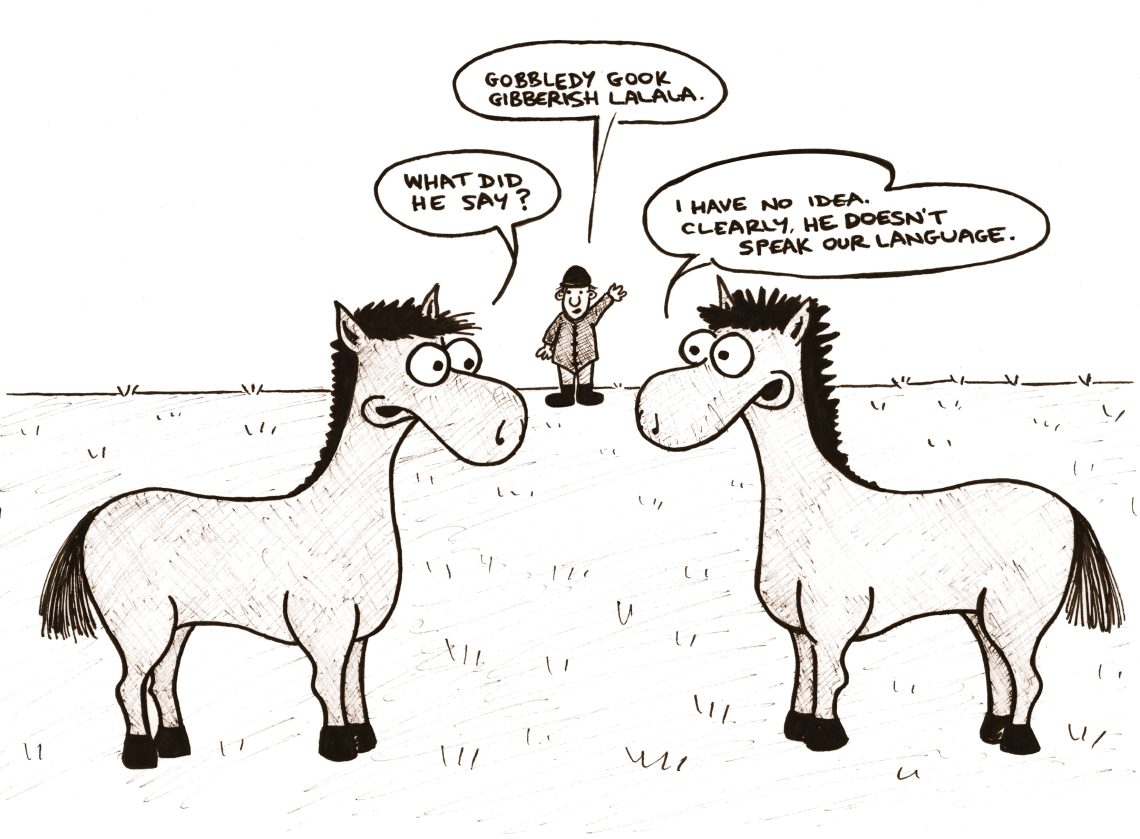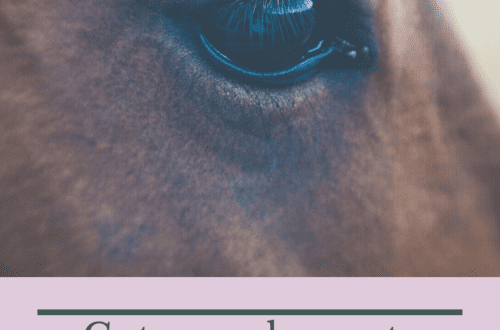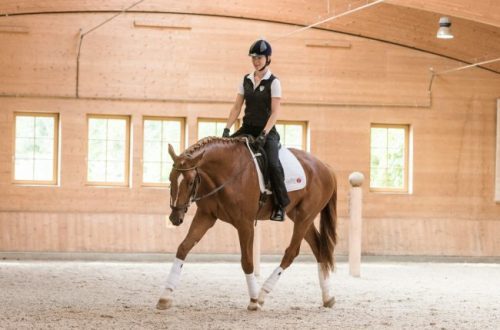
What are the horses talking about?
What are the horses talking about?
Interpretation of sounds made by horses.
Like most other animals, horses don’t make specific sounds that convey one particular idea, but they certainly use vocal noises to signify general ideas or emotions. I’ll start with the lower sounds you’re likely to hear from your horse and work up to the more intense ones, giving you clues to help you figure out what the horse wants to “tell” you or his friends in the stable or herd.
Sigh
Horses sigh (take a deep breath and then exhale slowly and loudly through their nostrils) much more often in the presence of people than when interacting with each other. Some sighs seem to express relief (for example, like our human “Phuuuuuuh!” when we take off our tight shoes at the end of the day). You can hear them when brushing, rubbing, or massaging your horse to relieve tension in his muscles.
Horses publish and sighs relaxation – they can be heard when, for example, you are lunging in order to relax the horse or make sure he is calm before starting work under the saddle. The horse tilts his head forward and down, exhaling deeply and noisily through his nostrils, often several times (“Yes, I feel better now”).
Some horses also make sighs that are colored boredomwhen the monotonous repetitive work in a circle tires her mentally. It’s the horse equivalent of our “oooooh” when we’re stuck in a long line at the supermarket. This is a request to change the monotonous work, diversify it, find some new exercise, etc.
Moan
Like people, moaning can be a habit, but it can also signal pain, so every moan requires an “investigation”, especially if you are communicating with a horse that is not yet familiar to you and do not know what noises and in what situations are normal for him.
If a horse is moaning or grunting over obstacles but still appears happy and well, it is likely to make sounds such as a tennis player yelling “woo!” with every racquet hit. But if she groans as she lands, and also lays her ears back or rolls her eyes, that’s a sign that she’s in pain. Possibly the back (does the horse resist when saddle or girth is tightened, hindquarters are restless, does it tail, does not respond well when you saddle?), legs or hooves (check them daily to see if they are warm, pay attention to the position of the horse in a state of rest if it relieves the forehand – this may be a sign of laminitis), internal organs (possible adhesions of past abdominal surgery, if you do not know the history of the horse, check for scars from incisions in the abdomen or in the groin).
If the horse groans only under certain riders, then perhaps falling heavily into the saddle after a jump or during a training trot, they hurt him.
If a horse normally groans during a bowel movement but otherwise appears quite normal and happy, the groaning may be caused by a simple involuntary movement of air through his vocal cords when he is using his diaphragm during a bowel movement or as a response to normal abdominal discomfort/relief. But if the horse suddenly begins to moan during a bowel movement, especially when straining, and the manure is dry and hard, this is already a signal for concern! Control your water intake; listen to the horse from both sides, putting your ear to the sides – does its intestines make normal sounds? Check pulse and heart rate.
Test your horse for dehydration with the pinch test: pinch and release a patch of skin on his neck – if not dehydrated, the skin should straighten out in less than two seconds. Check her gums too.
Moans that a horse makes when not saddled can be a sign of stomach pain caused by an ulcer. Recent studies have shown that at least 60% of tournament horses have ulcers. If your horse is moaning and showing other symptoms of an ulcer, have your veterinarian perform an endoscopy.
Some horses groan when they know the job is done. In the absence of symptoms of the problems described above, they are probably just waiting for you to remove their saddle and put them in a stall where they can lie, eat and defecate in peace.
Gugukanye
When making this soft sound, your horse uses his vocal cords but keeps his lips closed. Usually (though not always) combined with an excited expression, a raised head and ears directed at you it is one of the greeting signs (“Hello! It’s good that you’re here! Chat with me!”). The affectionate googling of a mare towards her foal has the same meaning.
If your arrival at a certain time usually means a quick meal, then googling is the sound of happy expectation. If other horses get their food first, your horse’s hoot will likely get louder and higher pitched (“What about me? Feed me!”).
Horses can also hum in anticipation of a bad event if they feel cornered and feel threatened. (“Oh, that doesn’t look good, what should I do?”). This sound combined with the panic posture – trembling, ears plugged back, rocking back and forth, bulging eyes – is a signal that you need to remove the source of panic and calm the horse with a gentle voice, scratching, etc.
snort
When your horse inhales quickly and then exhales through his nostrils, making a loud vibrating sound, he is excited or waiting for something to happen. For example, she may see that you are picking up her halter, and the time is such that it would be time for her to go for a walk in the levada (“Great! We are going out for a walk!”).
By making this sound, the horse actually makes himself (and others) more aroused. So if he continues to snort, lifts his head and tail high when you take him out, be prepared for sudden movements and jerks. Remind her that you are still in control by making slow stops or driving her in small circles before opening the gate. Otherwise, the horse may try to break free, especially if friends are waiting for him in the levada offering to play.
On a forest path, a horse may begin to snort if you are approaching a place where you usually canter, or if a cold wind blows on its tail. She tells you: “I want to ride!” Her snorting will “infect” other horses that move near you, so be careful.
Neighing
When your horse neighs, he is already aroused, and (even if he is usually phlegmatic) you will need to pay extra attention to the situation when you are interacting with him, brushing him, or riding him.
This sound can signal either anxiety or confidence, depending on the tone and body language that accompanies the whinny. The horse, which is restlessly rushing about in front of the levada fence, is obviously walking alone and waiting for his comrades – he will neigh in a high, trembling voice. A horse that neighs in alarm may sweat and defecate frequently. Her ears will move back and forth; eyes – protrude, tail – rise and fall. She can tuck her tail all the way in to look smaller.
Confident neighing is accompanied by a peppy appearance, ears sticking up, a bold look and a slightly raised tail.
Neighing while feeding is a stronger demand than googling (“Now come here and feed me!”).
When one horse in the group neighs, it may be a signal for everyone’s attention – a strange horse is approaching or an unusual, interesting object has appeared in the field of view.
We humans are definitely a more sociable species than horses, but horses are good listeners when it comes to the meaning of certain signals and sounds. They certainly understand our language better than we understand theirs.
Linda Aronson (source); translation by Valeria Smirnova.





